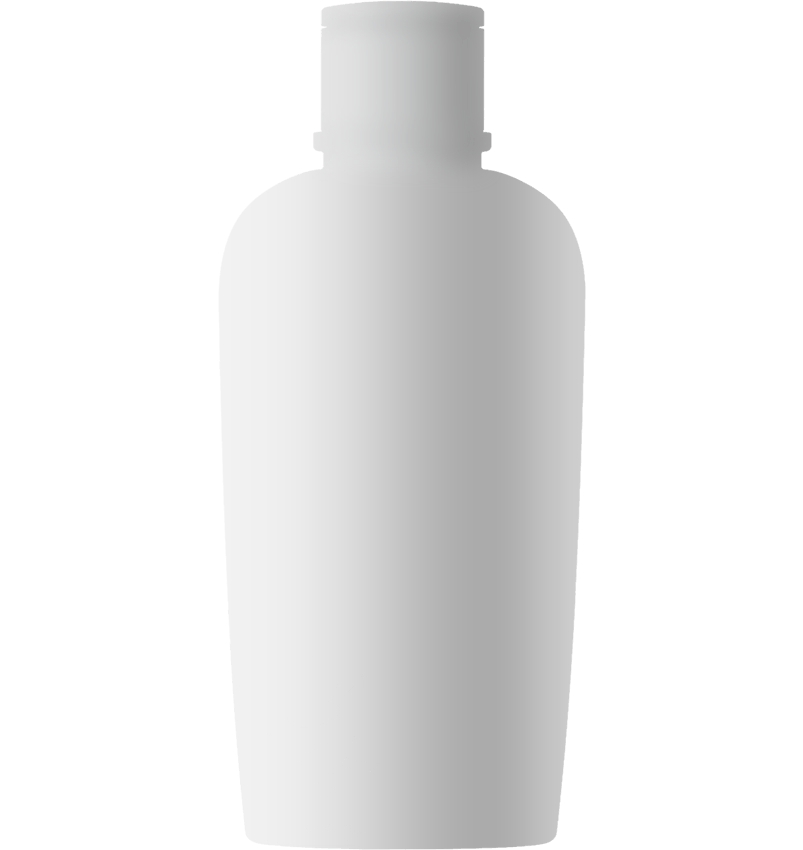Recovery and Patient Care Protocol
Immediate Post-Surgery Care
• Outpatient procedure with same-day discharge
• Cold compress application protocol
• Eye lubricants and medication management
• Detailed activity restrictions
Recovery Timeline
• First Week: Focus on reducing swelling and bruising
• Weeks 2-3: Gradual resolution of visible bruising
• Months 1-2: Progressive improvement in appearance
• Final Results: Visible within 3-6 months post-surgery
Critical Success Factors
• Thorough preoperative assessment of eye function
• Precise surgical planning and technique
• Patient commitment to recovery guidelines
• Regular follow-up care
Technical Considerations and Advanced Approaches
Anatomical Considerations
• Careful evaluation of orbital fat distribution
• Assessment of tear trough depth and contour
• Analysis of skin quality and muscle tone
• Consideration of lateral canthus position
Combined Procedures
• Integration with upper blepharoplasty when indicated
• Coordination with mid-face lifting techniques
• Complementary skin resurfacing procedures
• Strategic volume enhancement when needed
Lower blepharoplasty represents a sophisticated approach to periorbital rejuvenation, requiring both surgical expertise and artistic vision. Success depends on careful patient selection, precise surgical execution, and comprehensive aftercare. This procedure continues to demonstrate excellent outcomes in facial rejuvenation, providing patients with natural-looking results that enhance both appearance and confidence.




